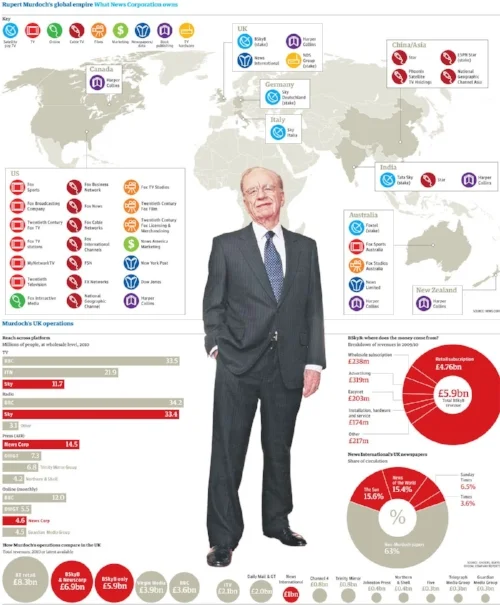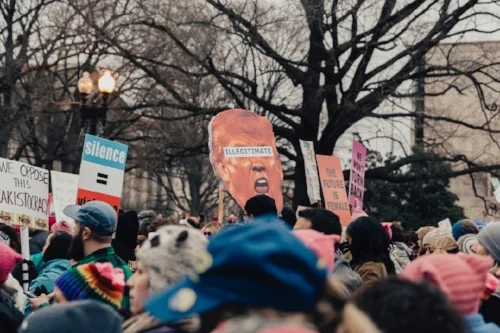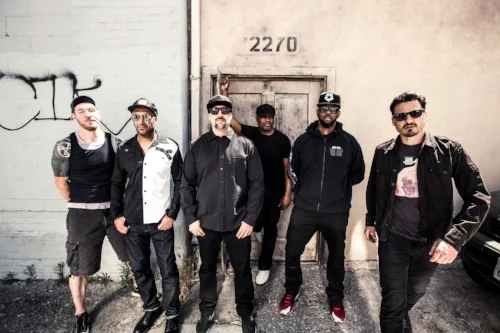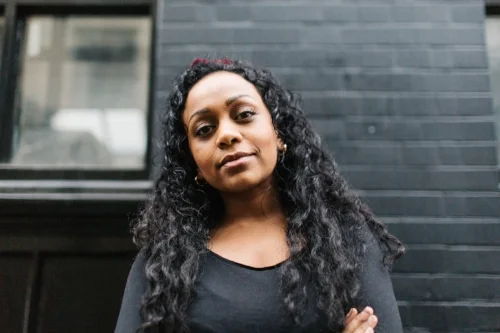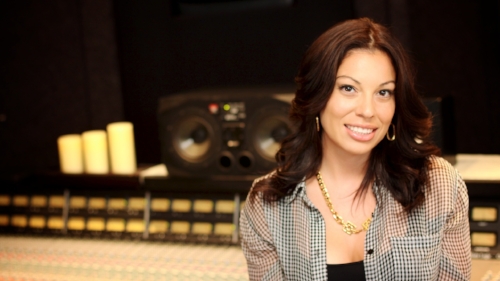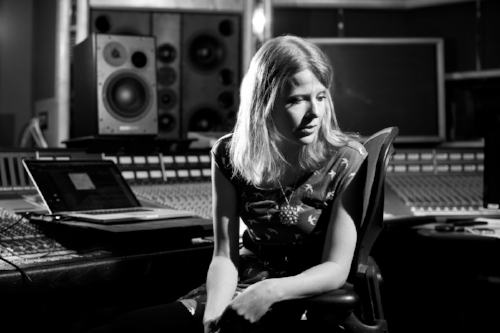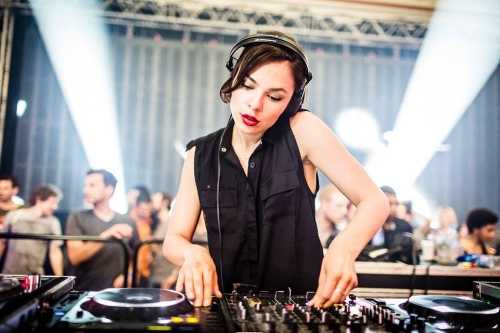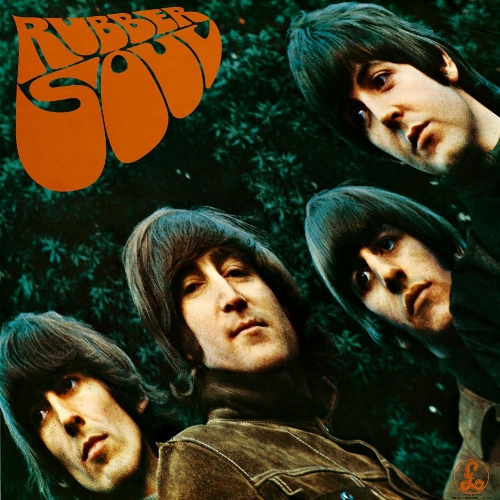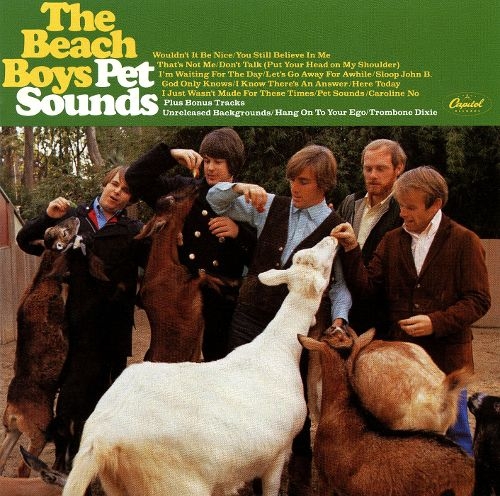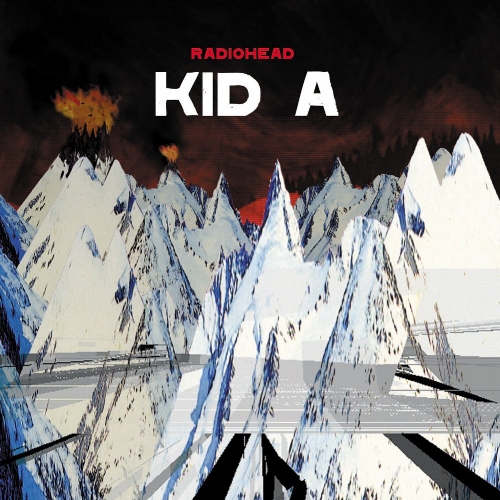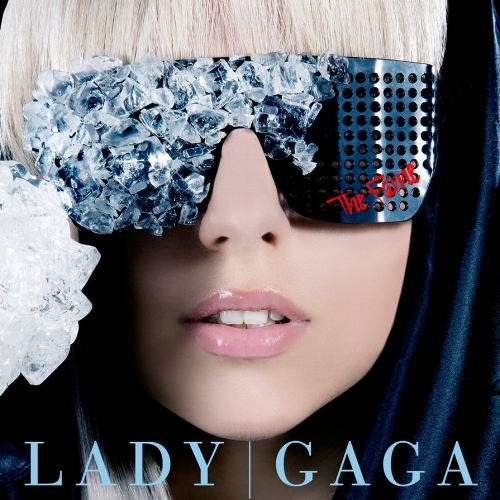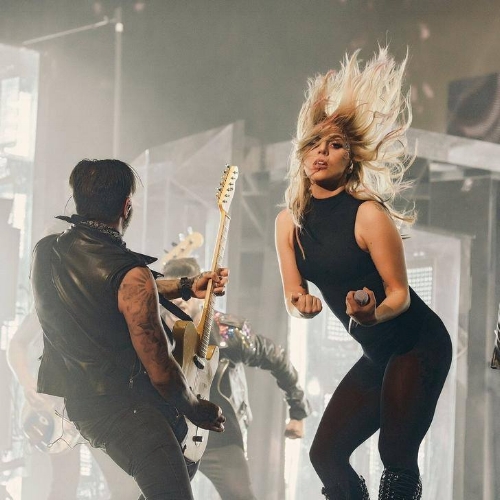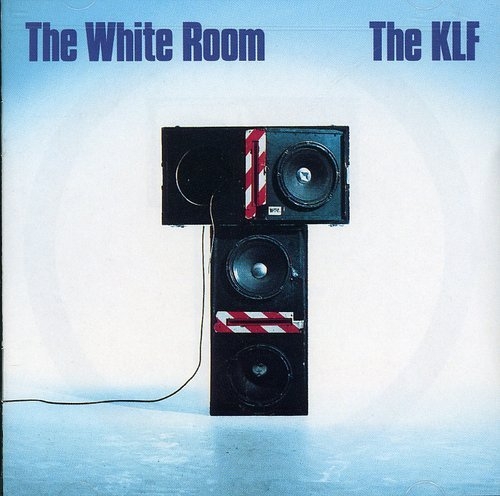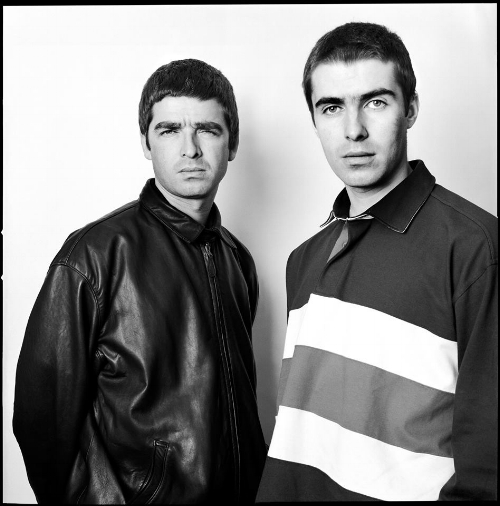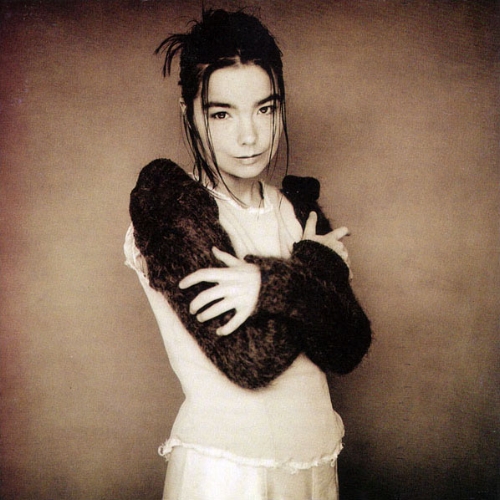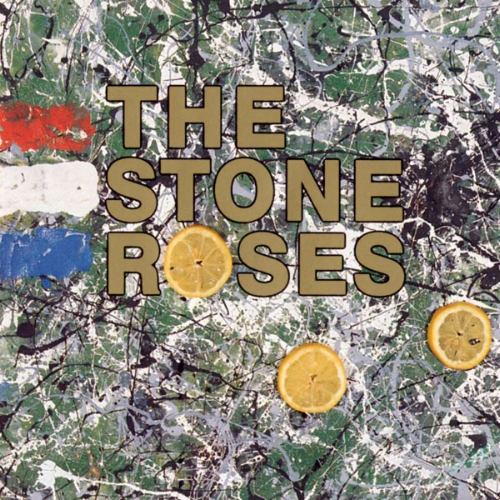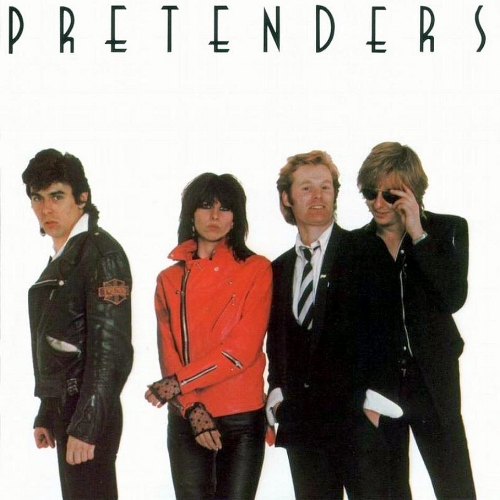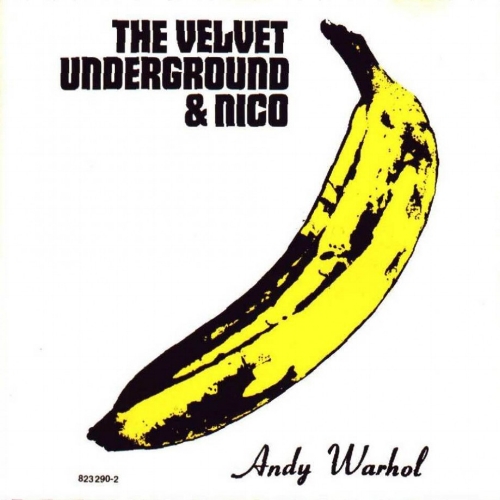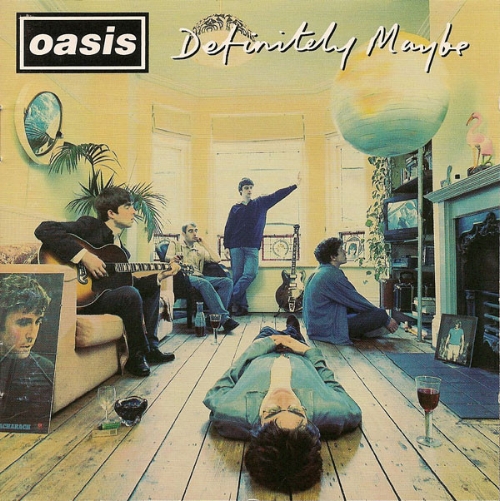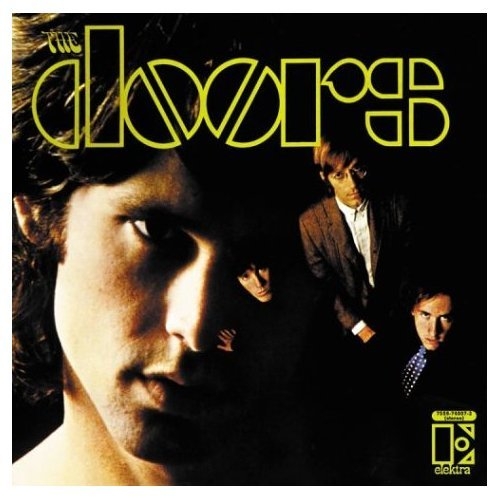FEATURE:
The Working-Class in Music:
Are Their Voices Being Heard?
________
I promise my final piece(s) of the day will be more positive…
as I am aware I am a bit ‘preachy’ and serious this weekend. I have just got through looking at politics in music: whether we need artists to activate their political outrage and direct their musical talents in the direction of the world’s leaders. Now; I am looking around the music industry and wondering whether those who, traditionally, have been at the forefront of revolutions and change: the working-class. One can argue socialists or Marxists have been more effective – and would not, necessarily, deem themselves as ‘working-class’ – but I am concerned, journalists like me, might struggle to get into the industry. I will bring in a few articles to support my arguments (as I often do) but am scanning Google and typing in the words ‘working class’ and one gets some troubling results.
Working-class students at Oxford University – as few as there are! – are being assigned ‘buddies’ because there are so few social peers. It is a sad indictment of the educational system – and the elite institutions – that they have to treat the working class as remedial students. It is encouraging getting more working class students into the top universities – they are still the vast minority and something needs to change. Looking around music media and it seems there are fewer working-class journalists in prominent positions. Caitlin Moran, a Times columnist, is one of the few working-class journalists who work for an ‘up-market’ newspaper. Maybe there are working-class in your tabloids but I fear, even they, are recruiting a majority of the middle-class. An article by the Huffington Post looks back a few years - and some concerning statistics:
“In 2012, a report undertaken by the NCTJ discovered that only 3% of new journalists derived from a background of parents who worked within “unskilled” jobs. In stark contrast to this, the report also found that 65% of the industry’s new intake came from a background of parents working within “professional, managerial or director positions”.
PHOTO CREDIT: Unsplash
James Cropper, writing two years ago, laid out his personal concerns:
“For student journalists like myself, the prospect of an unpaid internship is worrying as my financial situation will more than likely prevent me from gaining crucial work experience, which could postpone the chances of obtaining a permanent position.
These worries are only emphasised by more recent Sutton Trust analysis that discovered young individuals who undertake a six month unpaid internship in London are forced to cough up a minimum of £6081 without support. For journalists wishing to take a six month unpaid internship outside London, a slightly less but still hefty sum of £5087 is required.
PHOTO CREDIT: Unsplash
This automatically prevents certain individuals, even in areas known for their large working class populations, from gaining crucial experience whereas young people of higher socio-economic backgrounds would be more likely to cope with costs.
The fact that aspiring working class journalists are forced to relinquish potentially career changing internships while others don’t due to the pretence of their socio-economic background is fundamentally wrong. In simple, this is class inequality within an industry that strives to highlight injustices”.
That, right there, seems to distil the problem inherent in journalism. It seems most of the newspapers and online sites have their basis in London. If one wants to live/commute in London; that takes a lot of money. The working-classes, due to their comparative lack of ‘necessary’ education and opportunities have to take internship-level places – these are unpaid and, therefore, not viable options for people of a certain age. I am thirty-four and cannot even contemplate the possibility of doing an internship! Even if I lived in the centre of London (which I don’t) I’d have to sell my body to make rent – I fear I would be giving refunds at a rapid rate! It is worrying seeing how elitist journalism is becoming. Maybe that is always the way but I am noticing, as more sites and channels emerge; fewer chances for the working-classes are available.
IN THIS PHOTO: Caitlin Moran
Caitlin Moran, one of the few working-class success stories, used to write for Melody Maker and grew from there. She was discovered very young and worked her way where she is by sheer talent and determination – writing about her near-impoverished roots and being raised on benefits (read her work in The Sunday Times). We need more working-class people coming into music journalism. If anything; they provide a unique perspective on the musical landscape and how skewed and defined it – I shall come more to that later. It is a simple step-system that means, at no part of the chain, are there any easy answers. I studied History at university and was not sure, at that age, what I would do with my life. Many people at my university were in the same predicament: we all wanted to experience time away from home and being around like-minded people. I got into music journalism six years ago, and by that stage, I was working in regular jobs and out of the educational loop. As good as my work is; I fear it takes actual qualifications and academia to get my foot in the door of a London newspaper/website.
If I were to do that, even with a grant, it would cost thousands to study a course – the debt would mean I’d be spending most of my wages repaying the government. It is a sad state of affairs when we need to learn music journalism through such a structured and defined basis. I have been writing since 2011 and find I am far ahead of many professionals. I would not stand a chance, were I to apply to NME, Mojo or The Guardian for a music job. They would run internships but, as I say, that is not a viable option. Even with the portfolio I have at the moment: that would not be as profitable and relevant as a journalism degree. The middle-class journalist that festoon and dominate the industry have been to great universities - and got qualifications that led to their jobs.
Maybe they had their heads screwed on and knew what they wanted sooner than me – if I had studied journalism at university then I would be working for a great paper. It is not that easy and, when I started university in 2001, there were not a lot of journalism courses and opportunities to follow your passion. My school was not promoting this line of education and there was that poverty of expectation – the alumni were not going to be in the arts; more your blue-collar workers and low-earning type. Even if I had wanted to be a journalist back then; I would have had to wait years to study a degree and, even if I survived the mountain of debt, it would have taken years more to get into a prominent position. It seems ludicrous most of the working-class journalists are reserved to blogs and online sites. Look at your big papers – The Times, The Guardian; The Independent and The Daily Telegraph – and, searching their music reviewers/journalists, and the majority of them are middle-class.
That is the case with Time Out, NME and Mojo. Yes, there are working-class journalists in their ranks but they are the minority. I feel the majority of business leaders should be working-class; politicians and leaders the same class – this is certainly the case with music. That is not my way of making the world more rational, for-the-people and accessible – there are industries and areas of life where a more educated and privileged sort is the best option. My experience and complaints are not unique. Consider a piece in the Metro by Erica Crompton. She penned an article about her experiences in journalism – and how much of a struggle it has been:
“You see, LinkedIn tells me today that I’ve been writing for Fleet Street newspapers for 14 years, with spells in and out of full-time employment and a spell of unemployment that lasted the entire length of a two-year relationship.
You may think being open about my schizophrenia, or simply having such a diagnosis, is what stops me from reaching higher.
But I believe it’s because of my working class background.
I started out well – having gotten a job as an assistant at an esteemed broadsheet, I was young and full of hope for my future.
I look back now and my heart sinks.
PHOTO CREDIT: Bigstock
I’ve watched other assistants at the same publication go on to become world famous columnists and heads of large departments, but I’ve never really pushed on from £10 an hour.
I feel my background has held me back considerably.
My story is just one example of the class pay gap and a wider lack of social mobility in Britain today.
This isn’t a problem confined to one industry – it happens across the board.
This year, research for the Social Mobility Commission revealed that, on average, people from working class backgrounds are paid £6,800 a year less than those from middle class backgrounds.
Even if they’re doing exactly the same job and have the same experience as their colleagues, those from working class backgrounds receive nearly £2,250 a year less.
LSE research fellow Dr Lisa McKenzie, a Class Wars activist, recently said that Oxbridge-educated commentators should stand aside and let working class journalists like her do the talking about working class issues.
PHOTO CREDIT: ALAMY
Referring to Oxford alumna and Guardian columnist Polly Toynbee, she told the Morning Star:
This is my challenge to Polly Toynbee: Why are you still talking? Your voice is redundant. If you mean what you say, step over and give me your column.
Personally I agree – we need more than Oxbridge graduates as the monopoly masters of the media circus.
In the meantime, I’m actually writing a travel book on Birmingham.
It’s not as bad as you think here in the working class wastelands of the Midlands.
And we know everything there is to know about wellies”.
Journalism is a white, middle-class, Oxbridge institution that wants to retain its middle-class mentality. Working-class journalists receive less money than their middle-class equivalent. Women earn even less: one can see so much discrimination and inequality in the industry. I want to move things onto music – and why we need a working-class injection – but will end by looking at my ‘tribe’ – and how likely it is we will get into a professional position. I’ll bring in some snippets from other journalists, first.
PHOTO CREDIT: Negative Space/Unsplash
A 2016-piece from The Guardian made a good point:
“Another major consideration for aspiring journalists is that getting a work experience placement is essential. Yet the majority are London-based, unpaid, and acquired through contacts. That means those living outside the capital, and without financial resources or well connected parents are immediately at a huge disadvantage.
Everyone in the industry acknowledges these issues in the same resigned how-will-this-ever-change tones. To become a journalist it clearly helps to be well educated, well connected and wealthy, so it’s not difficult to see why the public perceive us much like politicians: all the same and out of touch”.
To support this; another piece by The Guardian showed the discrepancies in terms of class and gender:
“The findings, announced at the Changing Media Summit today, reveal that 65% of journalists who have joined the profession over the last three years are female, but that women remain underpaid and under-promoted, while almost all ethnic groups and religions are significantly under-represented.
Researchers reported that just 0.4% of British journalists are Muslim and only 0.2% are black. Nearly 5% of the UK population is Muslim and 3% is black.
The issue of equality and diversity in journalism came under the spotlight last month when 94 men and 20 women were shortlisted for this week’s British Press Awards.
City’s research indicates that women are paid significantly less than their male counterparts. Nearly 50% of female journalists earn £2,400 or less a month compared with just a third of men.
Female journalists also tend to become stuck in junior management positions, while more men fill senior posts, the research found. Nearly half of women who have worked in the industry for between six and 10 years are still “rank and file journalists”, while 64% of men with equivalent time in the industry had been promoted into junior or senior management positions”.
PHOTO CREDIT: Unsplash
It might seem like I am cobbling together pieces from the Internet to make a vague point. The reality is that is only the tip of the iceberg. Have a search yourself and see how many articles there are fulminating and outraged at the class wars going on in journalism. It says a lot that, when a petition was put onto Change.org – to urge The Guardian to employ more working-class – only eight people signed it. One suspects, if the petition had been successful, nothing would have changed. Trailblazers like Moran are part of a minority whose voice alone cannot out-shout the out-of-touch, elite nature of the press. We need to get more working-class writers in better positions. Get out of this white mentality and employ more journalists from minorities.
PHOTO CREDIT: Unsplash
Hire more women and make the press a more communal, unified and class-less forum. I have shown – I hope – I am able to hold a pen to the best of the middle-class hacks. I can pen a pretty decent piece, and yet, will be held back by virtue of my modest academic achievements. I drive a second-hand car and earn less than £20,000 a year and have fewer A-grades than the majority of people employed at the broadsheets. I can change circumstances and my background: I wonder whether I can change things in any way. The industry is so geared against the middle-classes; many are ignorant and blind to the privation and exclusivity of their business. I will end my scorched earth rantings – that is how many might see it – and apply my class theory to the music industry as a whole.
IN THIS PHOTO: Stuart Maconie
Before I come to my own conclusion; I have been reading a fascinating piece Stuart Maconie wrote for NewStatement in 2013:
“The great cultural tide that surged through Harold Wilson’s 1960s and beyond, the sea change that swept the McCartneys, Finneys, Bakewells, Courtenays, Baileys, Bennetts et al to positions of influence and eminence, if not actual power, has ebbed and turned. The children of the middle and upper classes are beginning to reassert a much older order. In the arts generally – music, theatre, literature for sure – it is clear that cuts to benefits, the disappearance of the art school (where many a luminous layabout found room to bloom) and the harsh cost of further and higher education are pricing the working class out of careers in the arts and making it increasingly a playground for the comfortably off. The grants are gone and the relatively benign benefits system that sustained the pre-fame Jarvis Cocker and Morrissey is being dismantled daily.
IN THIS PHOTO: Morrissey
…to Mumford & Sons you can add the likes of Coldplay, Laura Marling, Eliza Doolitle, Lily Allen, Florence Welch, Pixie Lott, La Roux and Mark Ronson, as well as talent-school academy graduates marshalled by one Simon Cowell, an old boy of the then £3,995-a-term Dover College (now £4,750). Unscientifically, but still persuasively, it is detectable in the names on sleeves. The top indie act the Maccabees include a Hugo, an Orlando, a Felix and a Rupert”.
Maconie, himself, is working-class and currently works for BBC Radio 6 Music. Alongside Mark Radcliffe - another working-class, salt-of-the-earth chap - he has had to work bloody hard to get where he is! Maconie’s piece, even though it is four-years-old, is as relevant to this day – as it was back then. When Maconie was a student/promising journalist, the scene was a little different. You had working-class heroes in music. He would have reviewed and seen the likes of John Lennon as a boy; John Lydon a bit later on – he coined the word ‘Britpop’ when the Gallaghers were taking the piss out of Blur. He has lived through generations where the working-class, in a minority, have produced some of the finest music ever. There are plenty of working-class musicians in the underground: how many are there making waves and impressions in the mainstream?!
IN THIS PHOTO: Jarvis Cocker/PHOTO CREDIT: Herbie Knott/REX/Shutterstock
Returning to Caitlin Moran and, when she was on Desert Island Discs earlier this year, she made an interesting point to Kirsty Young: would we have left the E.U. if working-class musicians were in a position to break to the masses?! Say a ‘new Jarvis Cocker’ wrote music about the heritage and diversity of Britain. Instead of people being brain-washed by the tabloids and their propaganda crap – they would have been better-informed, educated and aware. We would still be in the E.U. and, one could hope, Labour would be in Downing Street. That is not the case and, as a result, we are in a royal-bloody-mess! That is a simplistic distillation but there are links between the class of musicians and how that reflects on society. Not only does a majority of the middle-classes mean messages are less political/social and more personal – the quality, bite and authenticity is lost. Remember back in the 1990s when we experienced the last real wave of working-class bravado?! I was a child when that swept and it enforced and infused my life in such a primal and real way.
IN THIS PHOTO: Blur
Me and my friends would converge to the playground to chat about Pulp owning Top of the Pops; Blur and Oasis going toe-to-toe in the chart battle of 1995 – how Liam Gallagher got himself in trouble for sticking it to the P.M. Those were giddy times and, because of that, by the time Britpop ended (1997-ish) we had a Labour Prime Minister. There is a correlation between the dissipation of working-class activation and the rise of the Conservatives. Britpop ended for a number of reasons but (one of the reasons) was the need for a change and new influence. Britpop had done its work and needed to bow to its successor. Unfortunately, and disturbingly, that was the last time we saw a genuine voice for the working-class in this country. Such is the sterile and vanilla-white nature of the mainstream; we are in desperate need for a class revolution and sense of guidance. Among the posh songwriters and generic Pop artists – where are those genuine characters who write about life and the realities of the street?!
IN THIS PHOTO: Oasis/PHOTO CREDIT: Kevin Cummins (1994)
Stuart Maconie, in his article, stated how Hip-Hop and Rap are built by the working-class and is among the most honest and socially aware music around. Look at genres like Rock and Pop and they have become so impotent and meaningless. It is all meaty riffs, big hooks and aimless choruses. Where are the crafted lyrics and brilliant observations?! Where are the sort of choruses we all got giddy to when Live Forever came out?! Where are Punk bands like Sex Pistols that kicked against the establishment and exhilarated a generation?! Maybe the passing of time means it is impossible to revert to that better state. I feel there is a rigidity and ignorance that could be overturned quickly. It would take small changes but we need to give a bigger platform to working-class musicians. It all starts with journalists: if the working-class musicians feel they have few peers in the press; their music is not going to get the respect and attention it deserves. In order to revitalise and repurpose music; we need to look at the broadsheets and get them to sort their ranks out!
IMAGE CREDIT: Metro
Stop being so snobbish, elitist and stupid. The working-class and those who know what life is really like and have a much more open and loving approach to different races, colours and backgrounds. I am not suggesting the middle-class are oppressive and closed-off – the working-class deserve a voice and a chance to influence music. I fear, if I submitted this piece to a broadsheet, rather than look at the points I make and the articles I source, they would criticise my scansion, grammar and structure. That is one of the issues with the press: they are more about academia, precise English and a certain class of writer – unconcerned with something truthful, honest and real. The more we allow journalism to refuse the working-classes, women and minorities – the more that impacts on music and means the likes of Noel Gallagher and John Lydon will never be seen again.
IN THIS PHOTO: Sex Pistols
There is enough to be pissed-off with in the news. One feels the musicians in the mainstream – largely middle-class – snort with derision and, even if they are angered by what they see, are not incensed enough to write about it – they might offend and shock the labels and people who command the millions they earn. How controlling and damaging are records labels and the type of music they want their artists to play?! Maybe it is hard expressive anything the way Jarvis Cocker did back in the 1990s if (all the) label wants is something commercial and radio-friendly. Class expression and unconventional wisdom is such a shocking commodity for the mainstream. The reason I listen to stations like BBC Radio 6 Music is the fact they extol artists that represent the country more honestly and reliably than the so-called ‘best’ of modern music. Even so; I am hearing few artists speak about things relevant to people like me: the working-class that wondered how my country split and why we are leaving the E.U. Do we need to challenge music journalism to ensure music as a whole embraces more working-class artists?! Is it a more complex and intricate conundrum?! I don’t think so. What I do know is we are so far away from the glorious working-class bands and artists that shook music up and changed it forever. Aside from a few unique and pioneering artists here and there; we are stagnating and falling into a lukewarm tar pit – one we will struggle to extricate ourselves from. One can (and will) wag their index finger at the music media who are shutting doors to promising and willing working-class journalists.
We/they are being told to get ‘relevant’ degrees (not sure any university runs a course in ‘Patronising Arsehole Studies’) and go via the internship route. They are so unaware of the realities of working-class life and how much of a financial struggle it is for regular, hard-working people. I read a lot of articles/reviews from broadsheets and they don’t exactly blow me away. Why does one need a degree in Journalism to write fifty words about the latest LCD Soundsystem album?! It seems education, as useless and irrelevant is in a lot of cases, is holding back progression and equity. The media needs to change their ways because, not only are they corrupting their industry and discriminating against the working-class – they are damaging music and ensuring we are far less likely to see exceptional working-class artists that pushed music forward and made real changes. If the music press/industry continues the way it is; it will put off journalists like me off and, as a result, it will create a system where entry into the press/higher echelons of the industry are…
RESERVED to the middle-classes only.



